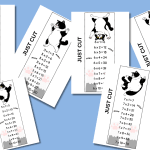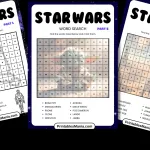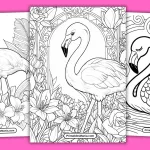Owls are fascinating creatures known for their wisdom, majestic appearance, and mysterious nocturnal habits. Our owl coloring pages offer a wonderful opportunity to explore these enchanting birds while expressing your creativity. Whether you’re a child, an adult, or a teacher looking for engaging educational activities, you’ll find a variety of owl designs to suit your needs.
Why Owl Coloring Pages?
Coloring pages are more than just a fun pastime. They provide numerous benefits, including:
- Enhancing Creativity: Experiment with different colors and patterns to bring these owls to life.
- Improving Focus: Coloring helps improve concentration and attention to detail.
- Stress Relief: The act of coloring can be calming and meditative, helping to reduce stress.
- Educational Value: Learn about different owl species and their habitats as you color.
How to Use These Coloring Pages
- Download and Print: Simply download your favorite owl coloring pages and print them out at home or school.
- Gather Your Coloring Supplies: Use crayons, colored pencils, markers, or paints to add vibrant colors to your owl illustrations.
- Get Creative: Let your imagination soar! Don’t be afraid to use unconventional colors and patterns.
- Share Your Art: Display your finished artwork proudly, or share it with friends and family.
Perfect for All Ages
Our collection of owl coloring pages includes designs suitable for all ages and skill levels. From simple outlines for younger children to intricate patterns for older kids and adults, there’s something for everyone.
Explore and Enjoy
Dive into the world of owls with our delightful coloring pages. Whether you’re looking for a rainy day activity, a classroom project, or a way to unwind, these owl coloring pages are sure to provide hours of enjoyment and creativity.



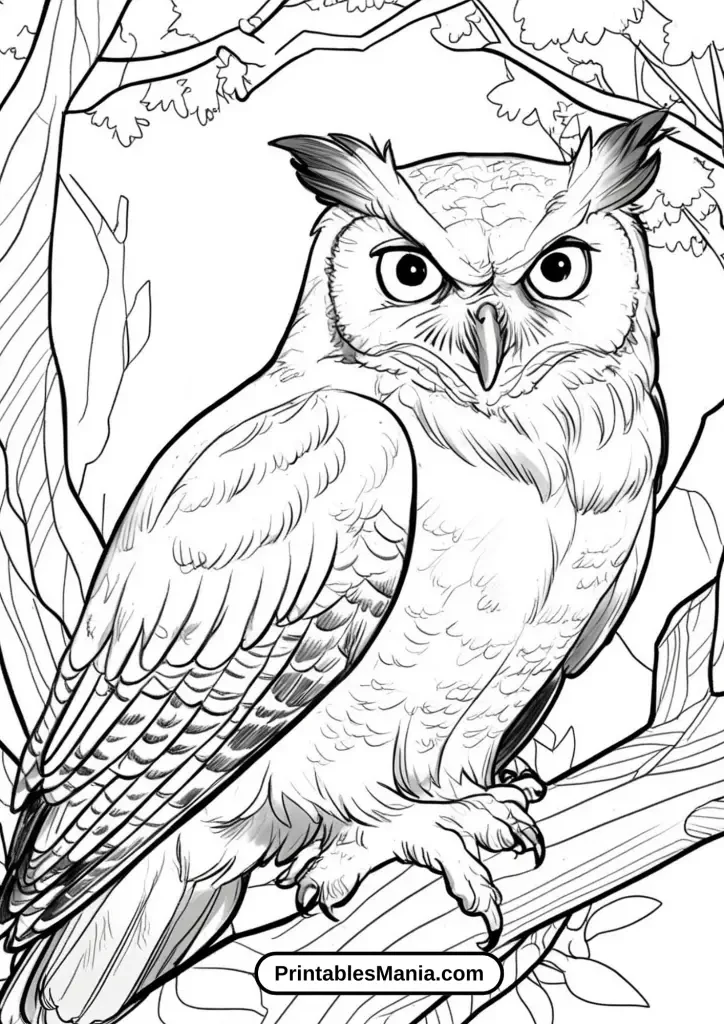









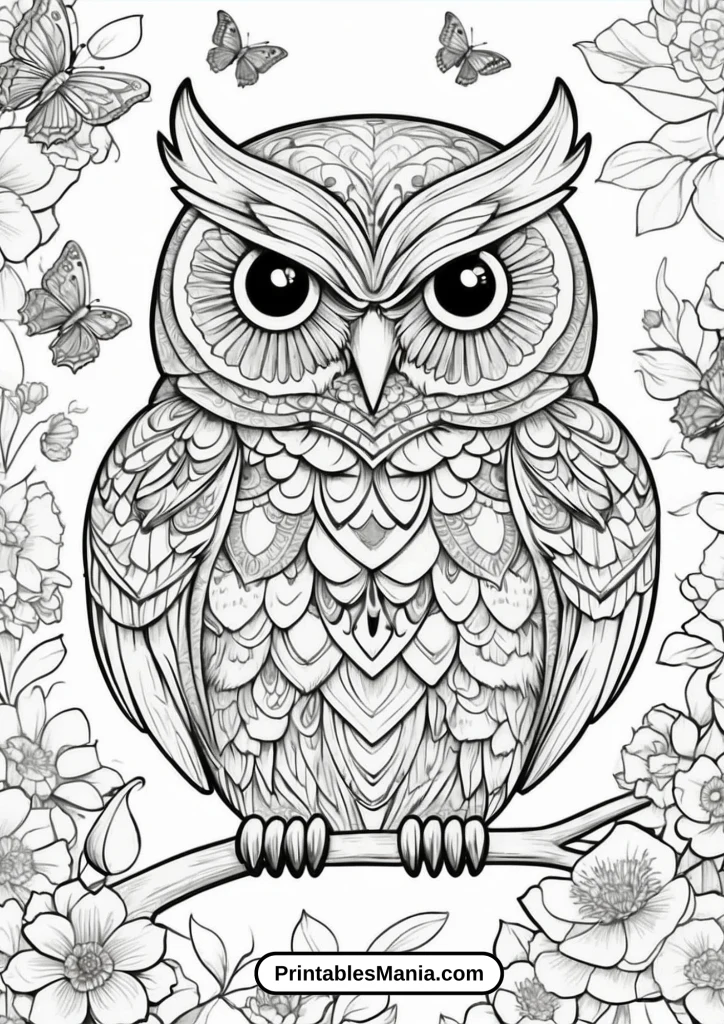




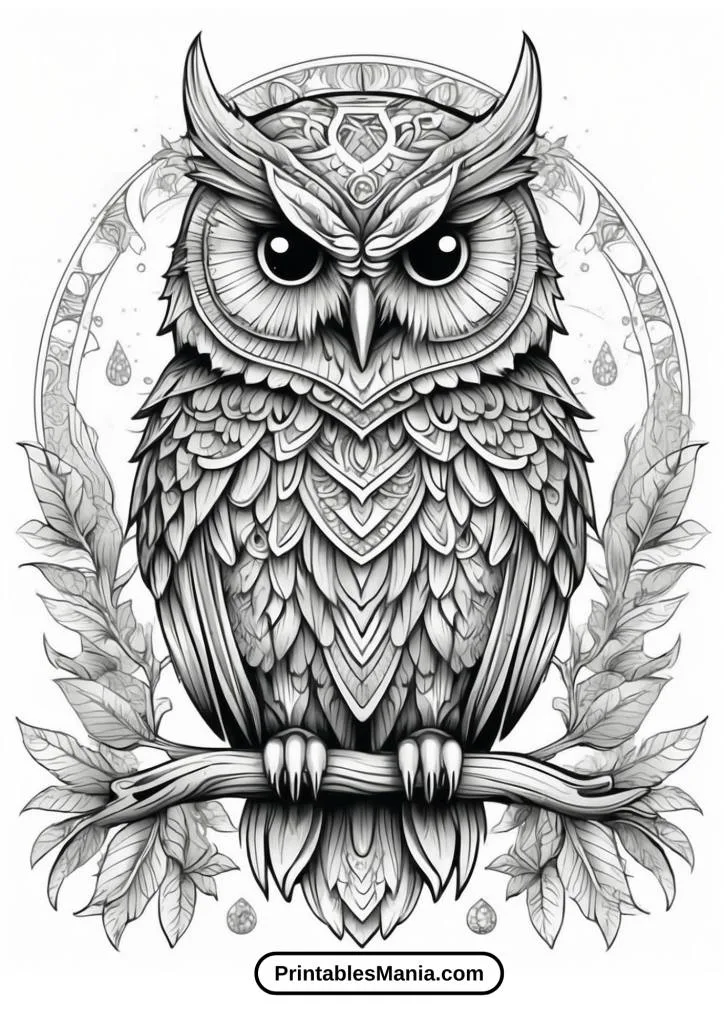




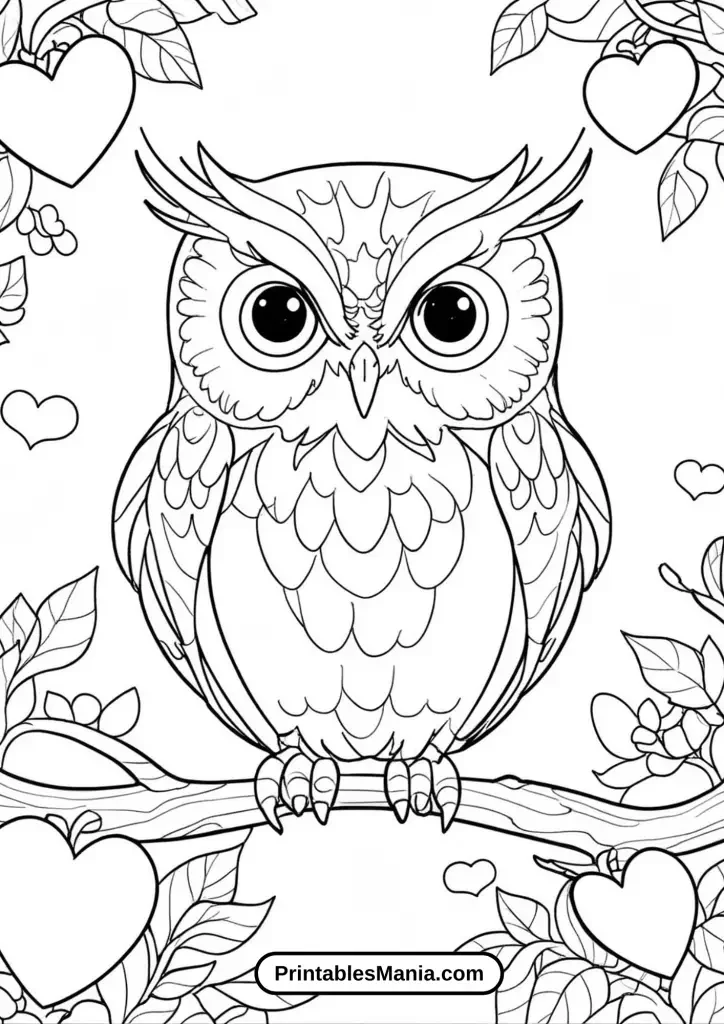




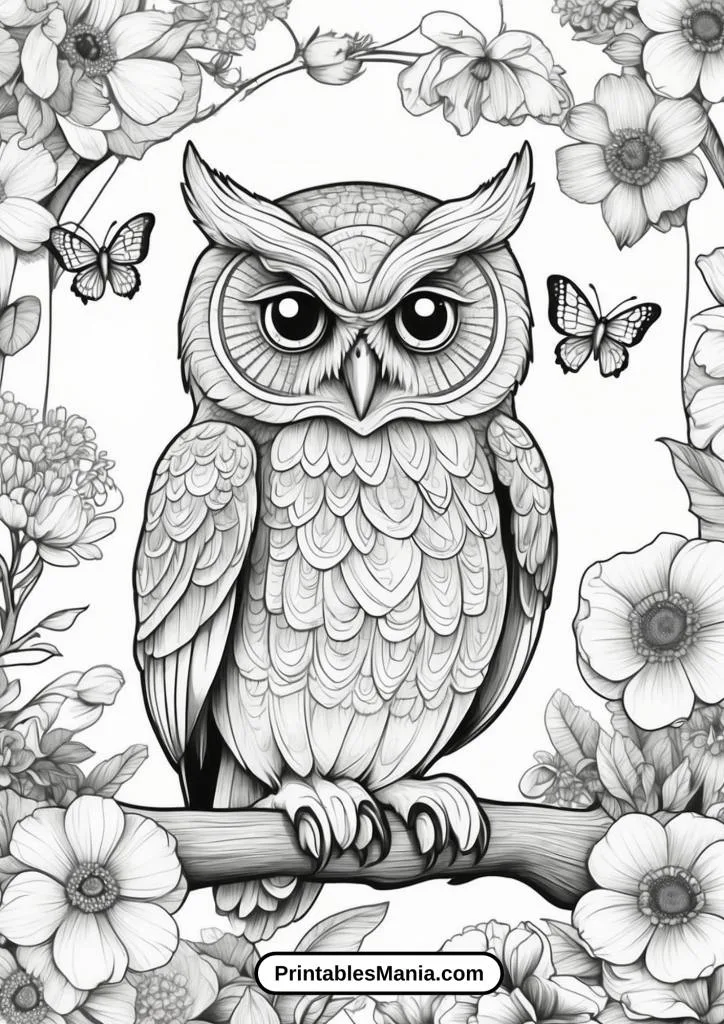

Art Tips and Techniques
Choosing Colors
Selecting the right colors can bring your owl illustrations to life and add depth to your artwork. Here are some tips to help you choose the perfect colors:
- Nature-Inspired Palettes: Look at real owls for inspiration. Browns, grays, and whites are common, but many owls also have beautiful patterns and subtle hints of other colors.
- Experiment with Hues: Don’t be afraid to use unconventional colors to create a whimsical or fantastical owl. Bright blues, purples, and greens can make your artwork stand out.
- Color Theory: Consider using complementary colors (colors opposite each other on the color wheel) to make your owls pop. For example, pairing blue with orange or purple with yellow.
Blending Techniques
Blending can add depth and realism to your coloring pages. Here are a few techniques to try:
- Layering: Start with a light layer of color and gradually add more layers to build up intensity. This works well with colored pencils and crayons.
- Blending with Solvents: For colored pencils, you can use a solvent like mineral spirits or a blending marker to smooth and blend colors together.
- Digital Blending: If you’re using digital tools, take advantage of software features like opacity adjustments and blending modes to create smooth transitions.
Mediums to Use
Different coloring mediums can produce various effects. Here’s a guide to help you choose the right one:
- Crayons: Ideal for younger children, crayons are easy to use and come in a wide range of colors. They work well for broad areas of color and simple blending.
- Colored Pencils: Great for all ages, colored pencils offer precision and the ability to blend colors easily. They’re perfect for detailed work and shading.
- Markers: Markers provide bold, vibrant colors and are excellent for creating striking images. Look for markers with brush tips for more flexibility in line work.
- Watercolors: For a soft, blended look, watercolors can add a unique touch to your owl coloring pages. Be sure to use thick paper that can handle the moisture.
- Digital Tools: Apps and software like Procreate, Adobe Illustrator, and Photoshop offer endless possibilities with digital brushes, layers, and effects. They’re perfect for those who enjoy digital art and want to experiment with different techniques.
Additional Tips
- Use Light Pressure: Start with a light touch and build up color gradually. This technique is especially useful for creating smooth gradients and avoiding harsh lines.
- Mix Mediums: Don’t be afraid to combine different mediums. For example, you can use colored pencils for detailed areas and markers for broader sections.
- Test Colors First: Before applying colors to your main artwork, test them on a scrap piece of paper to see how they look together.
- Highlight and Shadow: Adding highlights and shadows can make your owl look more three-dimensional. Use a lighter color for highlights and a darker color for shadows.
- Stay Relaxed: Remember, coloring should be fun and relaxing. Don’t stress too much about perfection—enjoy the process and let your creativity flow.
By following these tips and techniques, you can enhance your owl coloring pages and create beautiful, vibrant artworks that you’ll be proud to display.


